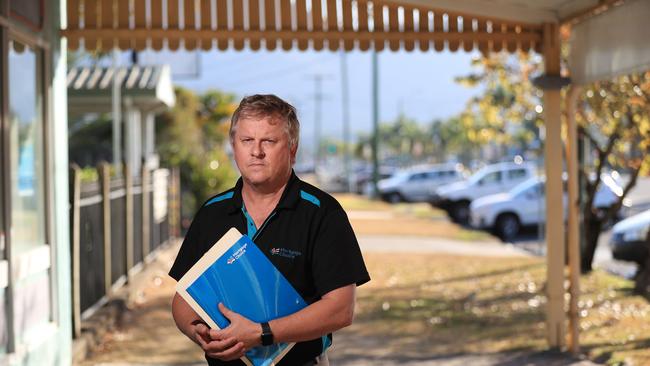Mortgage stress taps 5-year high: Moody’s
The proportion of Australians behind on their mortgage is set to increase amid high underemployment, says Moody’s.

Mortgage delinquencies hit a five-year high in May, according to Moody’s, as S&P data revealed the proportion of Australians behind on their mortgage payments also ticked higher July.
Moody’s Investors Service says it expects delinquencies will continue to increase, as it noted the proportion of mortgages in arrears rose to 1.62 per cent in May, up from 1.50 per cent in the same month a year earlier.
“We expect delinquencies to continue to increase through the remainder of 2017, as weaker conditions in states reliant on the mining industry, high underemployment, and less favourable housing market and income dynamics will continue to drive the rate higher,” Moody’s Vice President and Senior Analyst Alena Chen said.
Meanwhile S&P Global Ratings data revealed the share of housing loans underlying Australian prime residential mortgage-backed securities that were delinquent rose to 1.17 per cent in July, from 1.15 per cent the previous month.
Residential loans backing the securities account for 6 per cent of all residential loans in the country.
But S&P was less bearish on the outlook than Moody’s, saying notwithstanding the rise, that the trend remained relatively stable.
“Our view is that it’s actually quite stable and that’s underpinned by fairly stable employment conditions,” said Narelle Coneybeare, senior director and analytical manager at S&P Global Ratings.
“Overall it’s still at a historically low level and our view is that unemployment should remain relatively strong in the medium term.”
A significant decline in WA investment following the end of the mining boom was responsible for an increase in delinquent loans, according to both Moody’s and S&P.
Despite some recent signs of economic recovery in the state, the proportion of Western Australian delinquent loans rose by 0.05 percentage points to 2.38 per cent in July as the state’s seasonally adjusted unemployment rate rose from 5.4 per cent to 5.9 per cent in August.
“The mining downturn has dampened economic growth in resource-reliant states, such as Western Australia, the Northern Territory and Queensland, and we expect this situation will weigh on mortgage performance for some time,” Ms Chen said.
“Regions with exposure to the resource and mining sectors dominated the list of areas with the highest delinquencies in May 2017.
“Eight of the 10 regions with the highest 30+ delinquency rates were in either Western Australia or Queensland, and many of these regions are exposed to industries directly or indirectly related to mining and resources.”
In May, Moody’s data showed South Australia and the Northern Territory hit record loan delinquency highs, with Queensland and the ACT also up year-on-year. Delinquency rates fell in New South Wales, Victoria and Tasmania.
The S&P figures for July revealed Queensland and South Australia were the only states that saw a drop in the proportion of mortgages in arrears, with loan balances and unemployment figures in both states improving. The ratio of loans in arrears in Queensland declined 0.02 percentage points to 1.60 per cent, while the proportion of South Australian delinquent loans shrank 5 basis points to 1.46 per cent.
All other states and territories saw an increase in the proportion of loans in arrears for the month of July.
The ACT saw a slight increase of 0.03 percentage points to 0.63 per cent and the fraction of Victorian mortgages in arrears increased 2 basis points to 1.03 per cent.
Mortgage arrears went up 0.21 percentage points in the Northern Territory to 1.98 per cent, the highest rate this year.
The proportion of loans in arrears in New South Wales lifted 0.03 percentage points to 0.86 per cent in July.






To join the conversation, please log in. Don't have an account? Register
Join the conversation, you are commenting as Logout